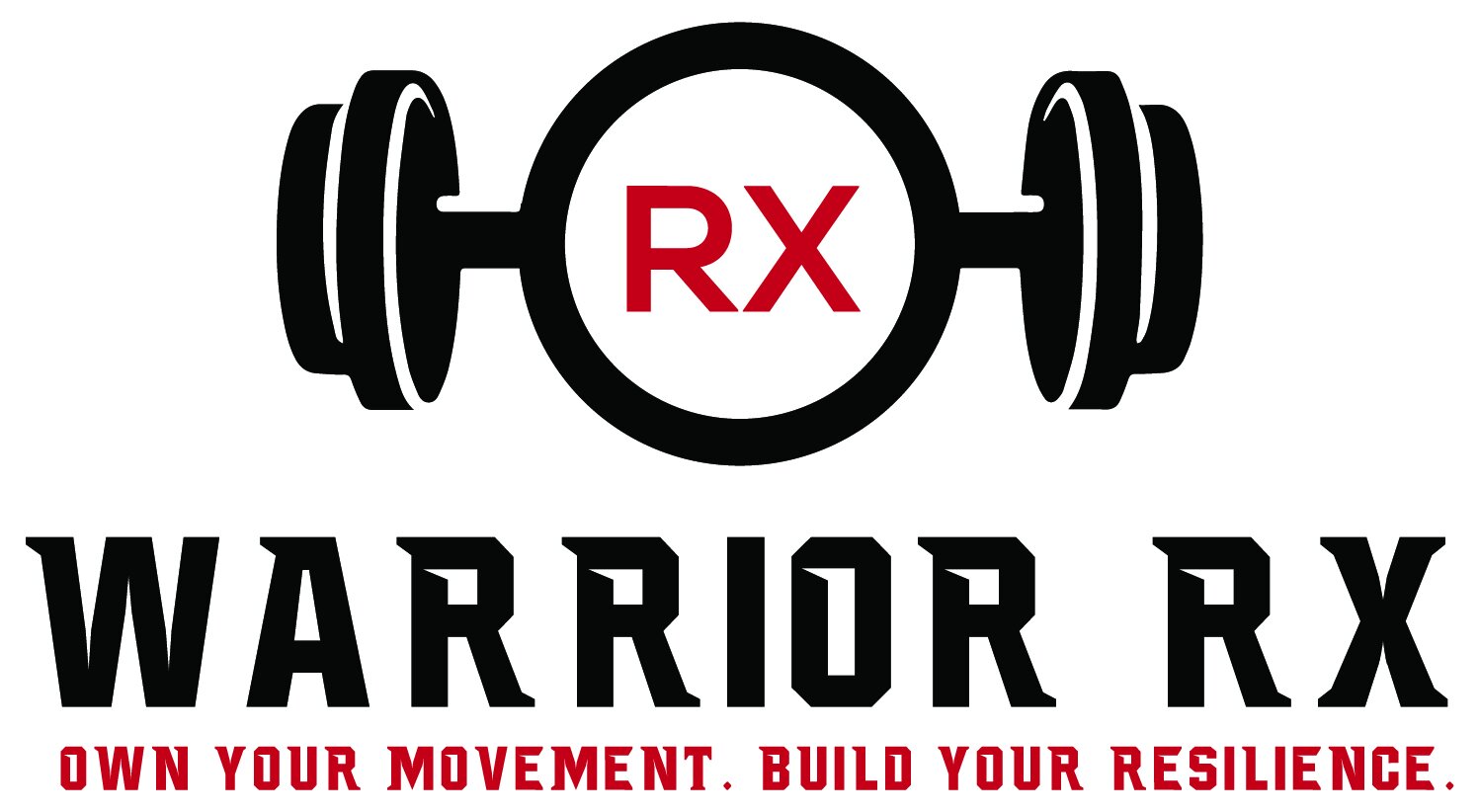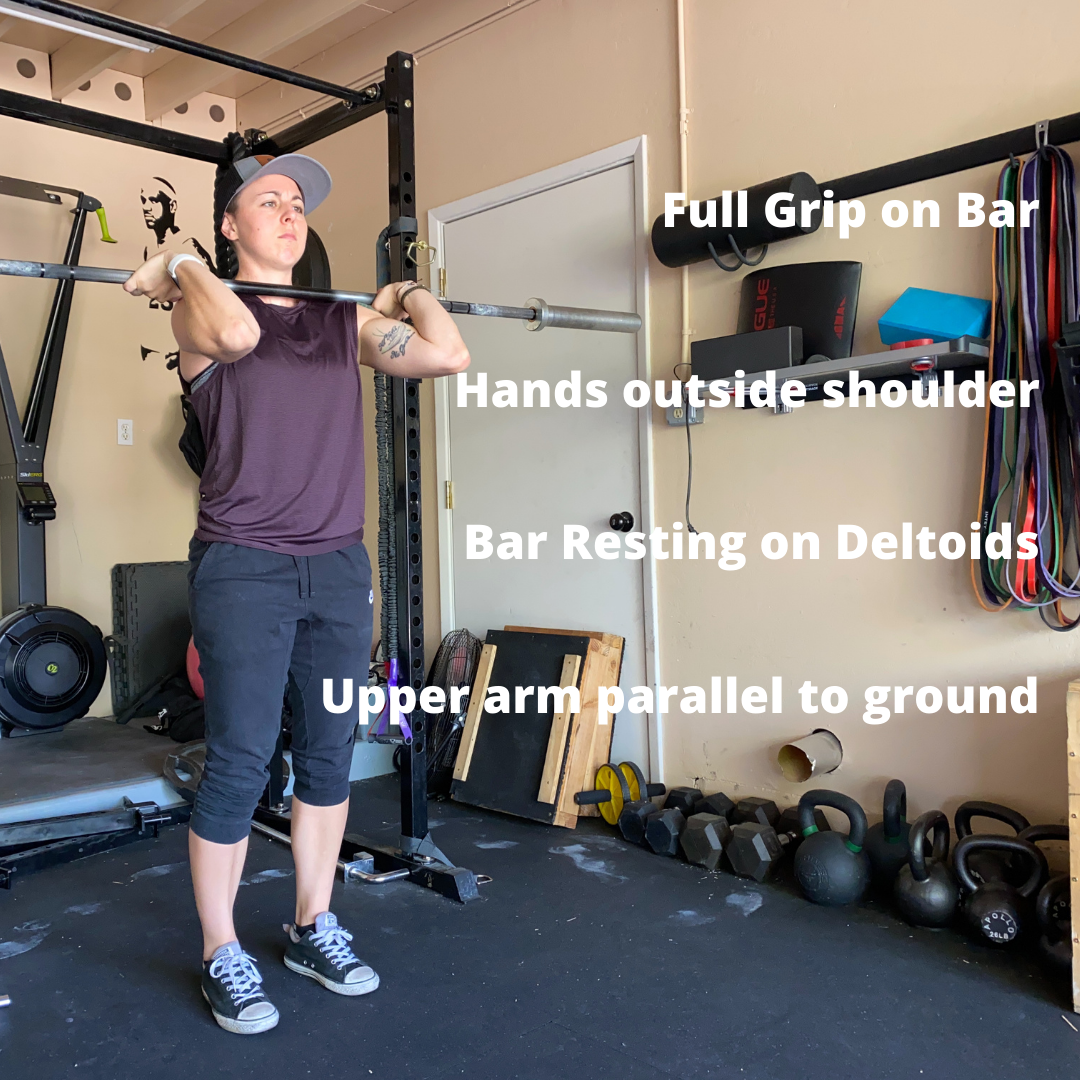A strong front rack position can be the difference between a missed or completed heavy clean or front squat. Improving your endurance in the front rack can help decrease time with barbell cycling by allowing you to keep a stable shelf and improve Bar path efficiency. While many factors can go into a successful lift let’s assume you have the following:
Full lower body mobility to maintain an upright torso in the bottom of a front squat or clean
Appropriate quad strength to eliminate early hip rise out of the bottom
A good front rack position. If not check HERE for how to improve your front rack position
For many lifters, cleans are won or lost by the dropping of the elbows. Once the elbows drop the efficiency of your leg drive is reduced making your legs functionally weaker. This results in a longer time under the weight of the bar increasing the chances that you’ll miss the lift. Dropped Elbows is the result of a weakness in the thoracic spine extensors.
These muscles as a group work to keep the chest up and the elbows high. Consistently, the weakest point for most athletes based on muscle size compared to all other primary movers (ie your legs). When the above mentioned assumptions have been met; use the below exercises for accessory strength to help you develop the strength and endurance of these muscles to keep a solid upper back position.
Squat with Elbow Push Throughs
Use assistance as required at the ankle to achieve your ideal bottom position to allow you to spend increased time working on isolating the upper back muscles. Move in and out of good elbow position to develop improved awareness and endurance for repetitive tasks like thrusters.
Anderson Squat
A favorite of mine because it corrects for so many issues in the front squat/clean. This lift emphasizes your ability to generate raw power out of the bottom of a front squat targeting deficits in the upper back and quads. Really focus on hips and shoulders rising at the same rate.
Supra-Maximal Load Front Rack Iso Holds
Load these up 110-120%. Set the rack at or just below your regular height and stand up. Hold for time to improve pillar strength in the core for upright torso endurance.
Upper Back Extensions
Moving into true hypertrophy training of the upper back with these. You can use a bench as I have or substitute a GHD for more support. Work to move segmentally from the shoulders to the start of the lower back. Keep the lower back flat.
Seated Kettlebell Deadlifts
Again more hypertrophy training for the thoracic extensors. Emphasize a controlled lower to minimize movement at the lower back.
Stop neglecting your upper back strength! Need help getting out of pain in the front rack position or personalized accessory programming to target weak areas? Click below to schedule a free phone consultation to see how I can help you.









